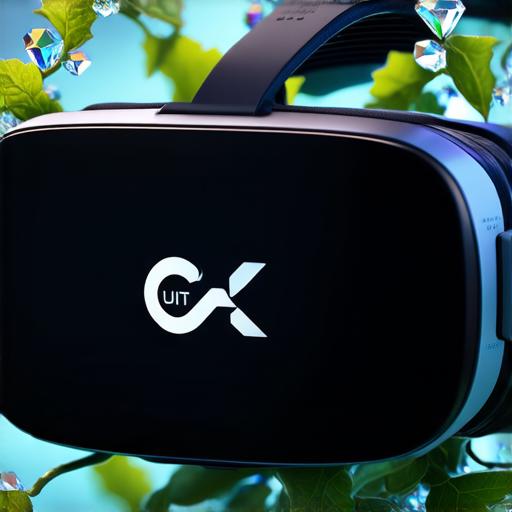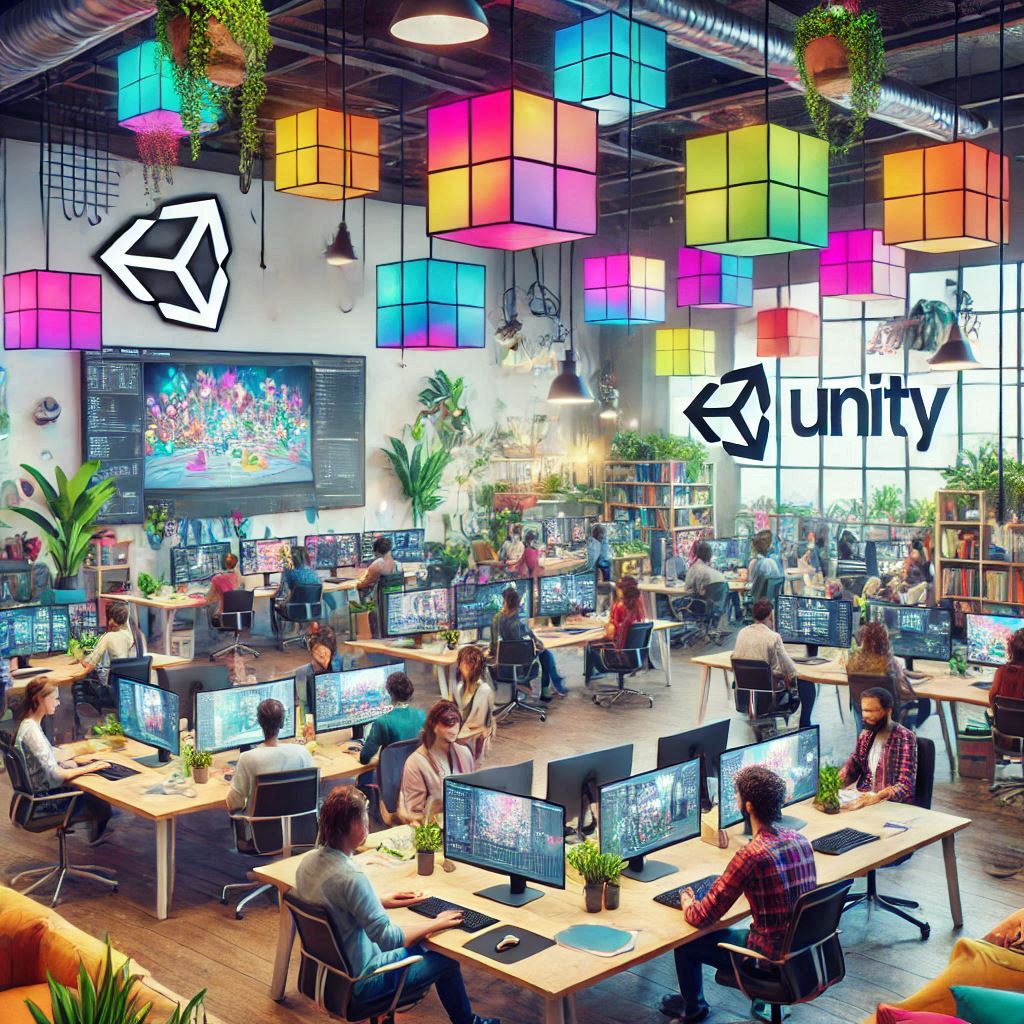
The concept of a metaverse, a virtual shared space, created by the convergence of virtually enhanced physical reality and physically persistent virtual space, has been gaining popularity in recent years. Many people are wondering if it is possible to create a metaverse using Unity, one of the most popular game engines in the world. In this article, we will explore the possibilities and limitations of using Unity to create a metaverse.
What is a metaverse?
Before we dive into the question of whether it is possible to create a metaverse using Unity, we need to understand what a metaverse is. A metaverse is a virtual space where people can interact with each other and their surroundings in real-time. It is created by the convergence of physically persistent virtual space and virtually enhanced physical reality. In other words, it is a shared virtual world that exists alongside the physical world.
What is Unity?
Unity is a popular game engine used to create 2D, 3D, and augmented reality (AR) games and applications. It was first released in 2004 and has since become one of the most widely used game engines in the world, with millions of developers using it to create everything from simple mobile games to complex virtual reality experiences.
Can Unity be used to create a metaverse?
While Unity is a powerful game engine, it was not specifically designed for creating metaverses. However, that does not mean it is impossible to use Unity to create a metaverse. With the right tools and techniques, it is possible to create a virtual world using Unity that can be shared by multiple users.

One of the key challenges in creating a metaverse is ensuring that all users can access and interact with the same virtual space in real-time. This requires a scalable and reliable infrastructure that can handle large numbers of concurrent users. While Unity has some built-in support for multiplayer, it may not be sufficient for a full-blown metaverse.
Another challenge is ensuring that the virtual world created using Unity is seamlessly integrated with the physical world. This requires advanced AR and VR technologies that can track users’ movements in real-time and enable them to interact with their surroundings in a natural way. While Unity has some support for AR and VR, it may not be sufficient for a fully immersive metaverse experience.
Summary
While it is possible to use Unity to create a virtual world that can be shared by multiple users, it may not be suitable for creating a full-blown metaverse. The creation of a metaverse requires advanced technologies and infrastructure that go beyond what is currently available in Unity. However, with continued development and advancements in AR and VR technology, Unity may become a viable platform for creating metaverses in the future.


